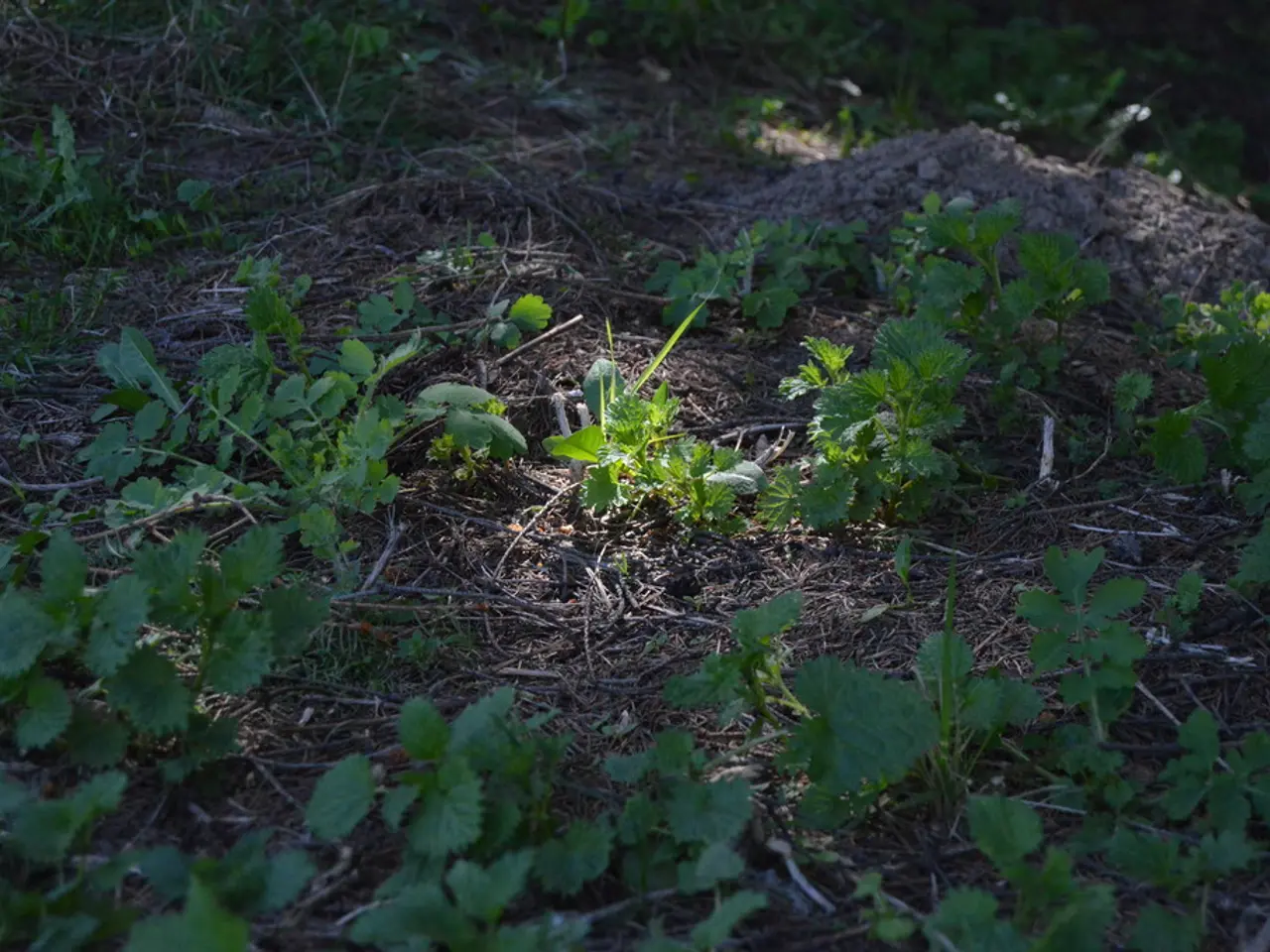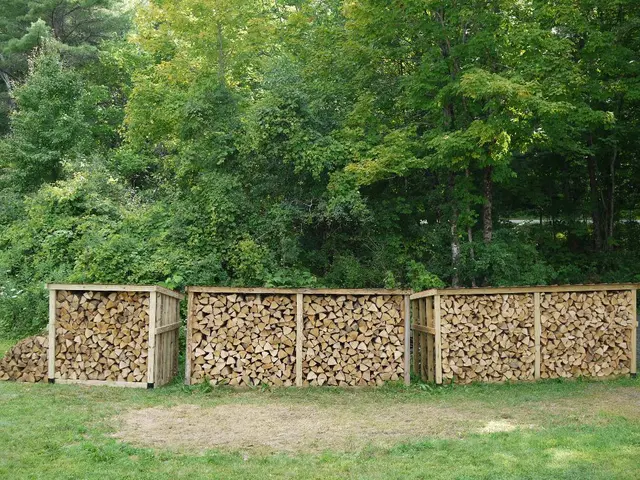Japanese Maple Leaves Turning Green Explained: Simple Solutions to Address the Issue
The Japanese maple tree, a beloved spectacle of autumn, thrives under the right care and conditions. Here are some tips to help you nurture your Japanese maple tree and enjoy its stunning colours.
Higher temperatures can pose a challenge for these delicate trees. Pruning away damaged foliage and increasing watering can help mitigate the effects of heat, ensuring your tree stays healthy.
While fertilizer can support the overall health of the tree, it's important to note that it alone cannot maintain the tree's colour. The right fertilizer, such as a Japanese maple tree fertilizer, can contribute to its vibrant colours, but the primary factor lies in the tree's exposure to sunlight.
Japanese maple trees can grow in shade, but those with pigment benefit from around six to eight hours of sunlight each day. This is because sunlight aids the production of pigments like anthocyanins, which are responsible for the red and purple tones commonly found on Japanese maples.
Plants with colourful foliage, including Japanese maples, need plenty of sunlight to maintain their vibrant hues. However, direct sun exposure can lead to leaf scorch, so it's often best to protect your Japanese maple tree from intense afternoon sun.
If you find your Japanese maple tree has turned green, it might be due to a lack of light. Moving the tree into a sunnier position can help new growth appear in its original colour. If the tree is not in a container and in a more permanent position, pruning surrounding tree branches that are casting shade onto it can create more sunlight exposure.
In the hotter days of summer, it's not uncommon for a red Japanese maple tree to turn green. Don't worry, as temperatures lower again, the tree should return to its red hues. If the tree is turning brown, it could be a sign of higher temperatures affecting the tree. In such cases, mulching your Japanese maple tree in summer can help manage greening caused by higher temperatures and encourage later fall color.
Japanese maple trees are known for their wide range of colours and variegations. From the common red and purple to the less prevalent green, the variety and environmental conditions play a significant role in determining the tree's colour.
Lastly, remember that reviving an old Japanese maple tree might be necessary if it has turned green alongside other problems, such as suffering from disease and having dead branches. Protecting a Japanese maple tree in winter can encourage another year of healthy growth when the temperatures warm up again.
With these tips, you can help your Japanese maple tree flourish and enjoy its beautiful autumn colours.
Read also:
- Long-Term Prescription Drug Impact on Brain Function
- Benefits, sources, and supplements for Vitamin D and its role in addressing osteoporosis
- Diabetes Management during Pregnancy: Keeping Tabs on Blood Sugar Levels and Lifestyle Adjustments
- Life Expectancy with Interstitial Cystitis: Exploration of Research, Treatment Methods, and Additional Information








